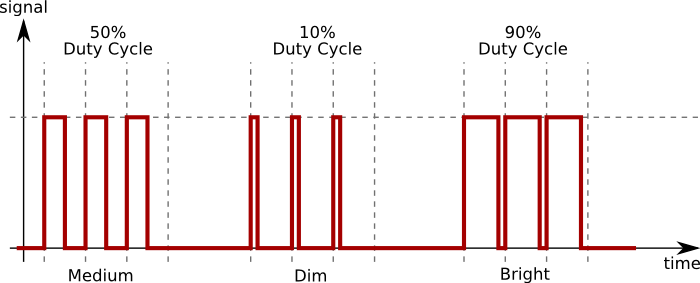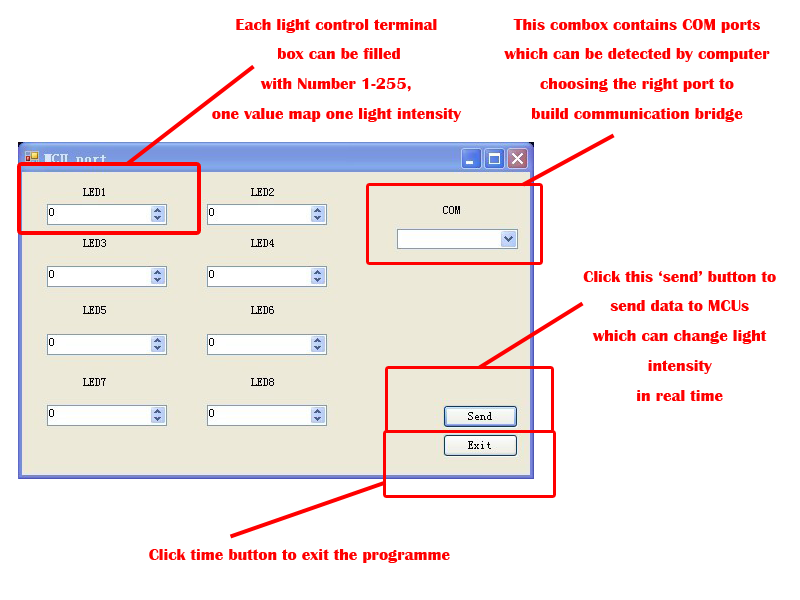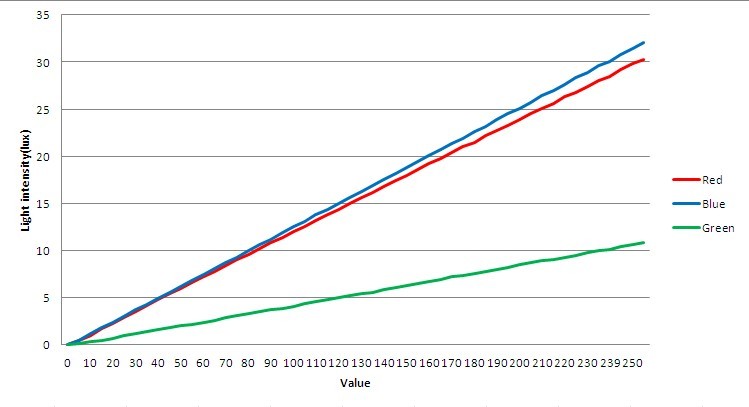Team:SJTU-BioX-Shanghai/Project/Luminous device/Control
From 2013.igem.org
Stzlandorle (Talk | contribs) (→PWM) |
|||
| Line 37: | Line 37: | ||
=PWM= | =PWM= | ||
| - | Pulse-width modulation (PWM) is a commonly used technique for controlling power to inertial[ambiguous] electrical devices | + | Pulse-width modulation (PWM) is a commonly used technique for controlling power to inertial[ambiguous] electrical devices. |
| - | The average value of voltage (and current) fed to the load is controlled by turning the switch between supply and load on and off at a fast pace. The longer the switch is on compared to the off periods, the higher the power supplied to the load is. | + | The average value of voltage (and current) fed to the load is controlled by turning the switch between supply and load on and off at a fast pace. The longer the switch is on, compared to the off periods, the higher the power supplied to the load is. |
The PWM switching frequency has to be much faster than what would affect the load, which is to say the device that uses the power. Typically switching's have to be done several times a minute in an electric stove, 120 Hz in a lamp dimmer, from few kilohertz (kHz) to tens of kHz for a motor drive and well into the tens or hundreds of kHz in audio amplifiers and computer power supplies. | The PWM switching frequency has to be much faster than what would affect the load, which is to say the device that uses the power. Typically switching's have to be done several times a minute in an electric stove, 120 Hz in a lamp dimmer, from few kilohertz (kHz) to tens of kHz for a motor drive and well into the tens or hundreds of kHz in audio amplifiers and computer power supplies. | ||
Revision as of 01:25, 28 September 2013
|
| ||
|
 "
"


